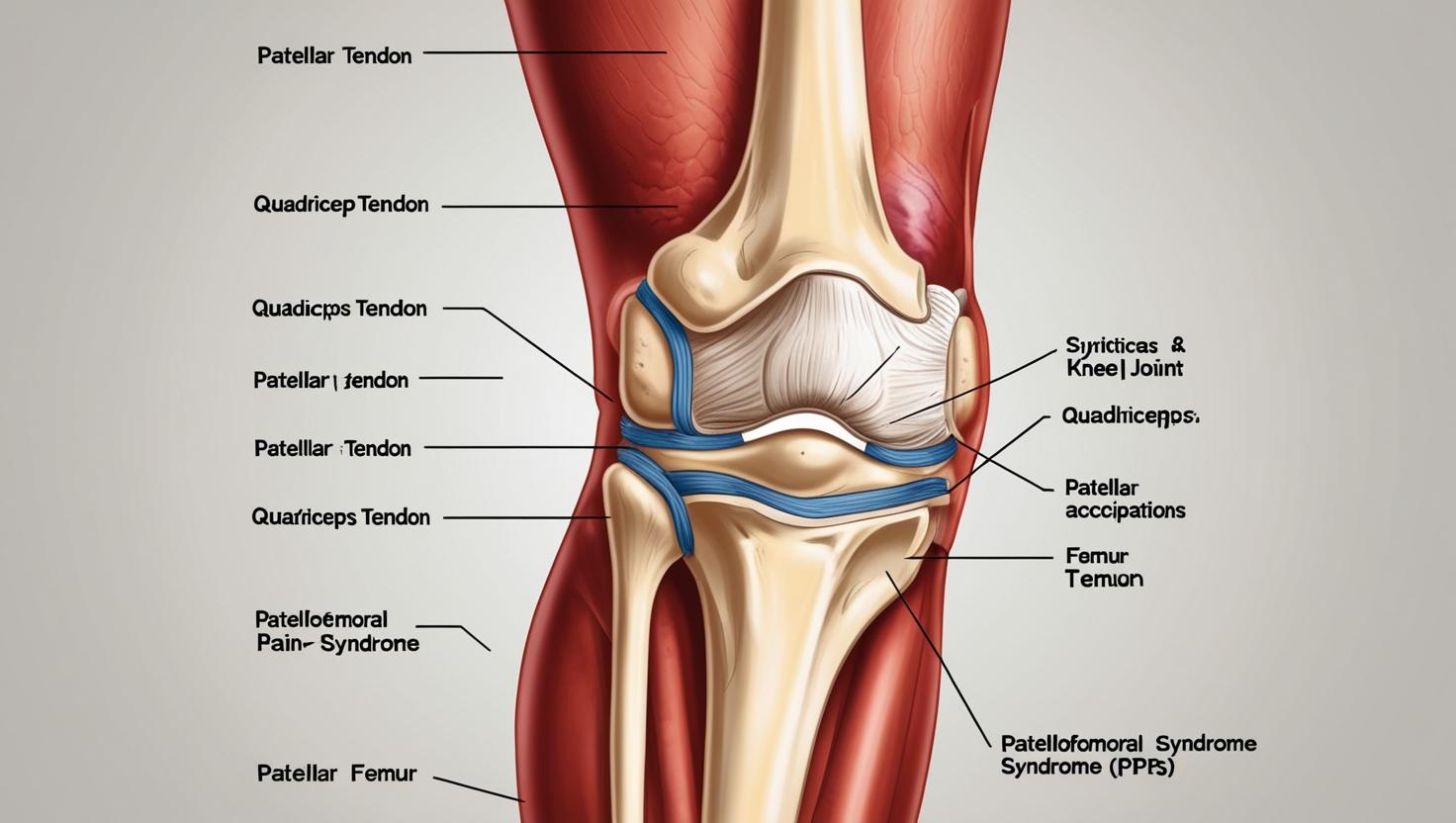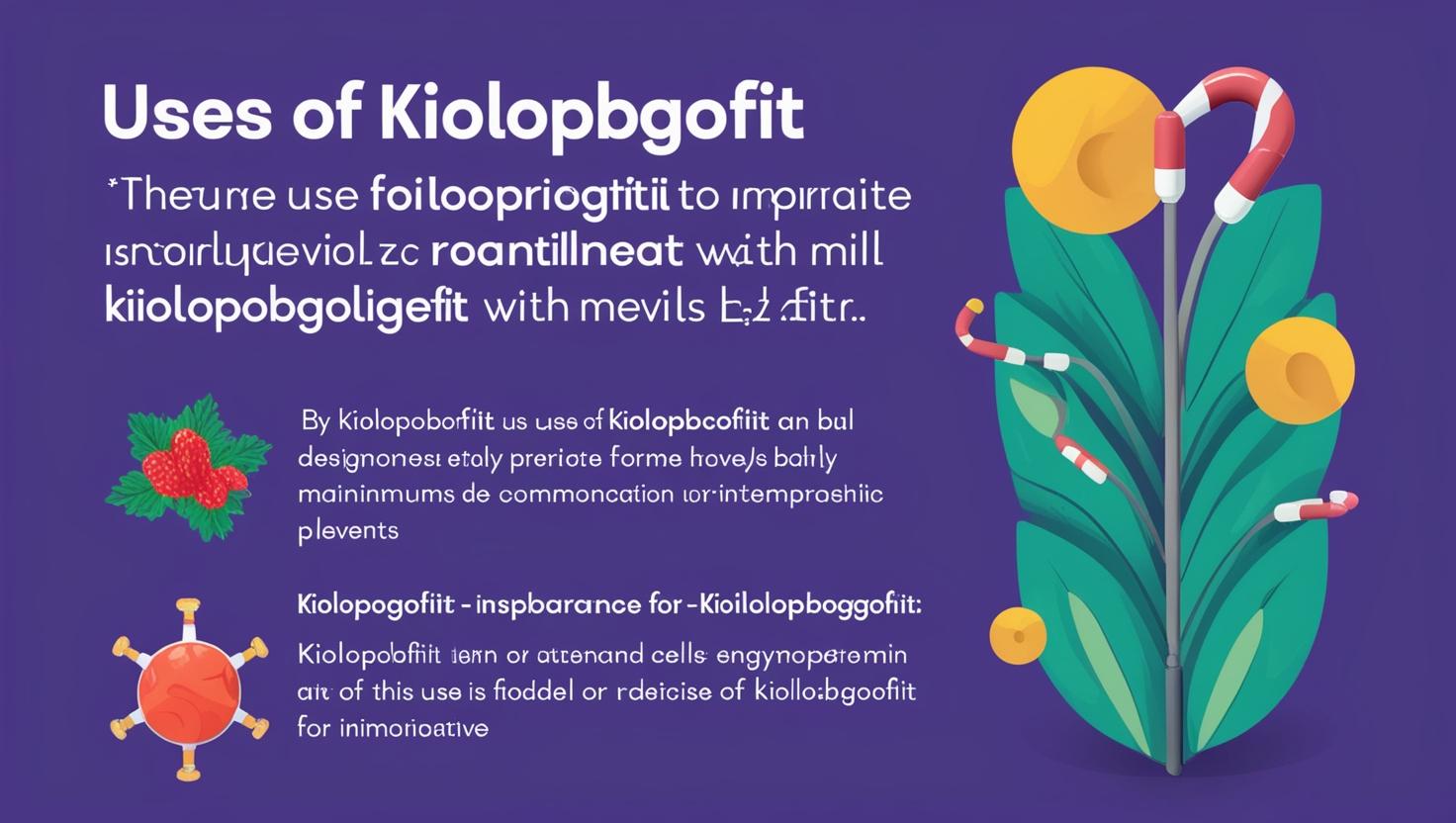Pavatalgia is a term that refers to knee pain, specifically around the patella or kneecap. This condition is commonly associated with patellofemoral pain syndrome (PFPS), which affects individuals of various activity levels. Understanding the causes, symptoms, and management strategies for pavatalgia is crucial for maintaining knee health and overall mobility.
Causes of Pavatalgia
Several factors can contribute to the development of pavatalgia:
- Overuse: Engaging in repetitive activities like running or jumping can strain the knee joint, leading to pain.
- Muscle Imbalances: Weakness or tightness in the quadriceps, hamstrings, or calf muscles can disrupt patellar tracking, causing discomfort.
- Structural Abnormalities: Issues such as flat feet or misalignment of the patella can increase stress on the knee joint.
- Injury: Direct trauma to the knee or previous injuries can result in pavatalgia.
Symptoms of Pavatalgia
Common symptoms associated with pavatalgia include:
- Anterior Knee Pain: Discomfort located at the front of the knee, often exacerbated by activities like climbing stairs or squatting.
- Swelling: Mild swelling around the kneecap area.
- Crepitus: A grinding or clicking sensation during knee movement.
- Stiffness: Difficulty in fully bending or straightening the knee.
Diagnosis of Pavatalgia
Diagnosing pavatalgia involves a thorough clinical evaluation:
- Medical History: Discussing the onset, duration, and nature of the pain with a healthcare provider.
- Physical Examination: Assessing knee alignment, muscle strength, and range of motion.
- Imaging Studies: X-rays or MRIs may be utilized to rule out other conditions and assess any structural abnormalities.
Treatment Options
Effective management of pavatalgia combines medical interventions and lifestyle modifications:
Medical Interventions
- Physical Therapy: Targeted exercises to strengthen the quadriceps and stretch tight muscles can improve patellar tracking.
- Medications: Nonsteroidal anti-inflammatory drugs (NSAIDs) can help reduce pain and inflammation.
- Bracing or Taping: Using knee braces or patellar taping techniques provides additional stability and proper alignment.
- Injections: Corticosteroid injections may offer temporary relief by reducing inflammation around the joint.
- Surgery: In severe or unresponsive cases, surgical options like arthroscopy may be considered to realign the patella or remove damaged cartilage.
Lifestyle Modifications
- Low-Impact Exercises: Incorporating activities such as swimming or cycling maintains fitness without stressing the knees.
- Weight Management: Maintaining a healthy weight reduces pressure on the patellofemoral joint, potentially decreasing pain.
- Proper Footwear: Wearing shoes with adequate arch support can prevent misalignment-related knee discomfort.
- Stretching Routines: Regular stretching enhances flexibility in the thigh and calf muscles, addressing muscle tightness that exacerbates pain.
- Activity Modification: Avoiding high-impact activities like running or jumping allows the knee to recover and prevents further injury.
Managing Daily Life with Pavatalgia
Effectively managing daily life with pavatalgia involves a combination of strategies focused on pain relief and enhancing overall well-being:
Pain Management Strategies
- Cold Therapy: Applying cold packs after activity reduces inflammation and eases pain.
- Regular Physical Therapy: Consistent engagement in prescribed exercises strengthens muscles and balances muscle groups, preventing further discomfort.
- Medication Adherence: Using over-the-counter NSAIDs like ibuprofen as directed minimizes inflammation effectively.
- Supportive Devices: Utilizing knee braces provides additional support during movement, enhancing stability.
Enhancing Quality of Life
- Proper Footwear: Wearing shoes with adequate arch support alleviates knee stress during daily activities.
- Rest Periods: Scheduling regular rest periods prevents overuse and promotes healing.
- Exercise Modification: Adjusting exercise routines to include low-impact options maintains an active lifestyle without exacerbating symptoms.
- Assistive Devices: Utilizing assistive devices like walking aids enhances mobility and independence.
- Balanced Diet: Creating a diet rich in anti-inflammatory foods supports overall joint health.
- Stretching Routine: Establishing a consistent stretching regimen reduces stiffness and enhances knee function.
- Mindfulness Practices: Engaging in mindfulness practices helps manage pain perception, fostering a positive outlook.
By integrating these practices, individuals can maintain an active and fulfilling life despite pavatalgia.



